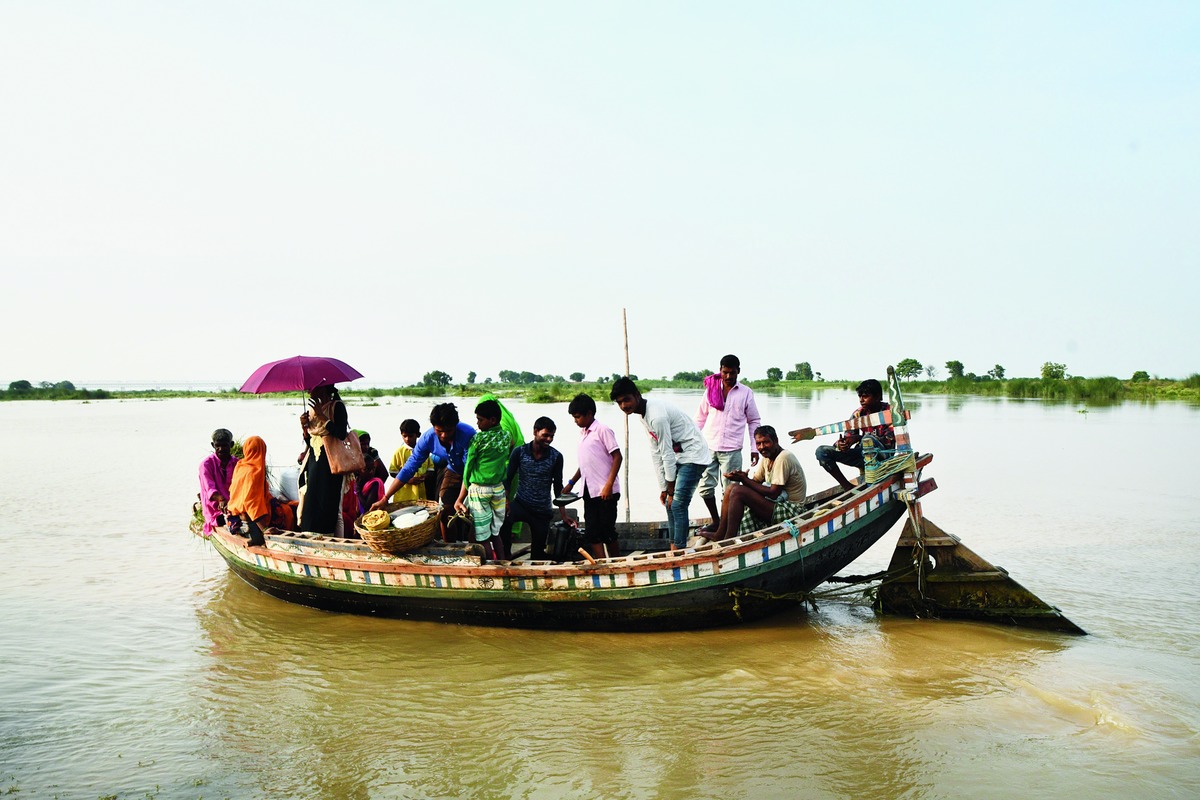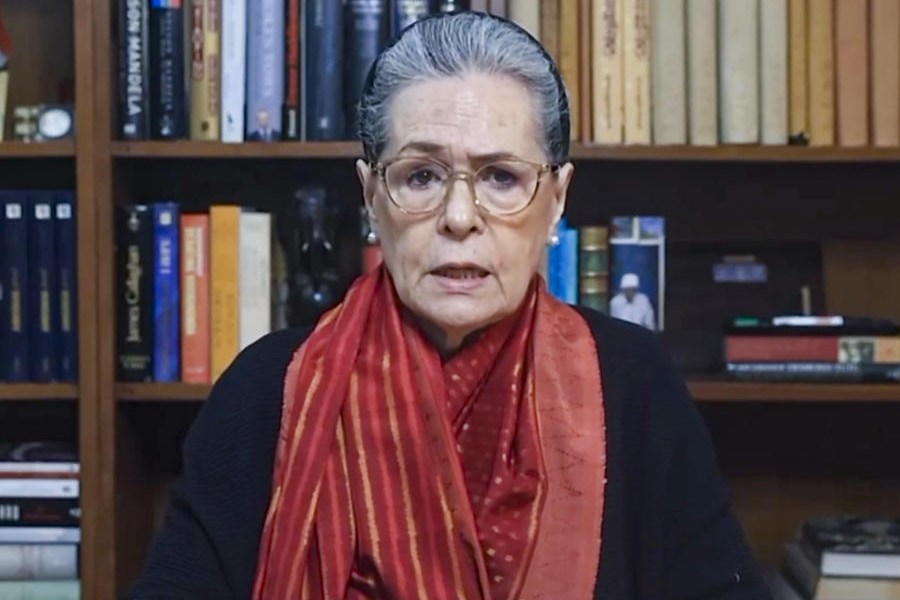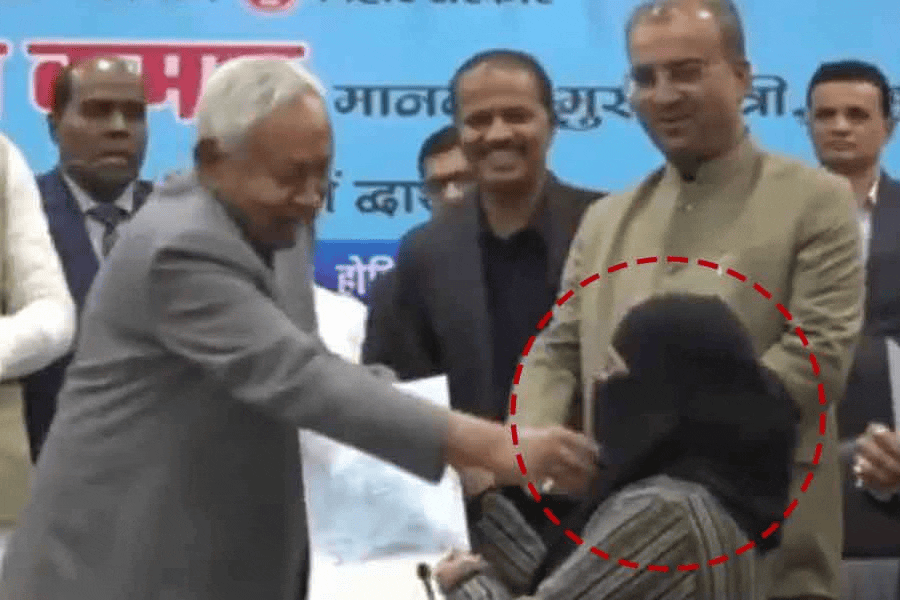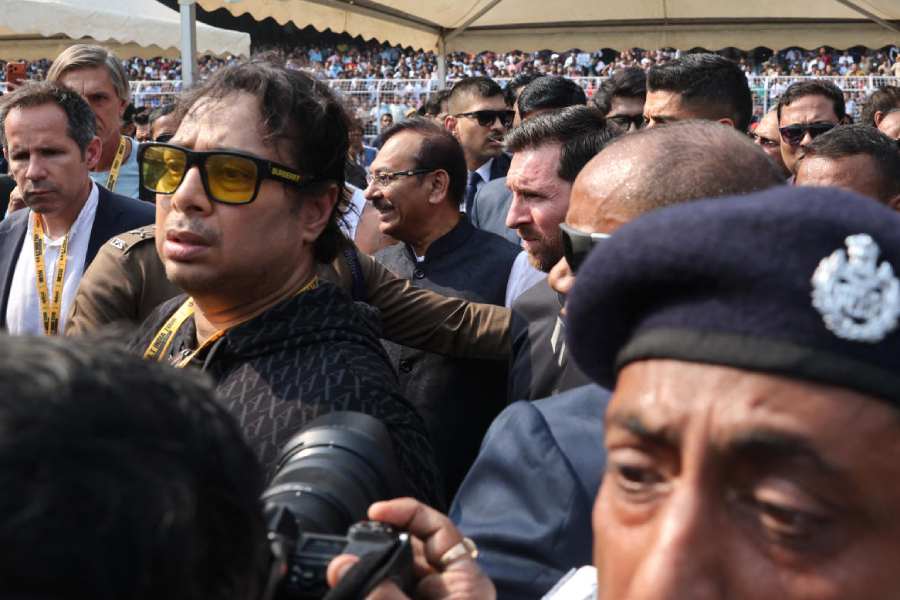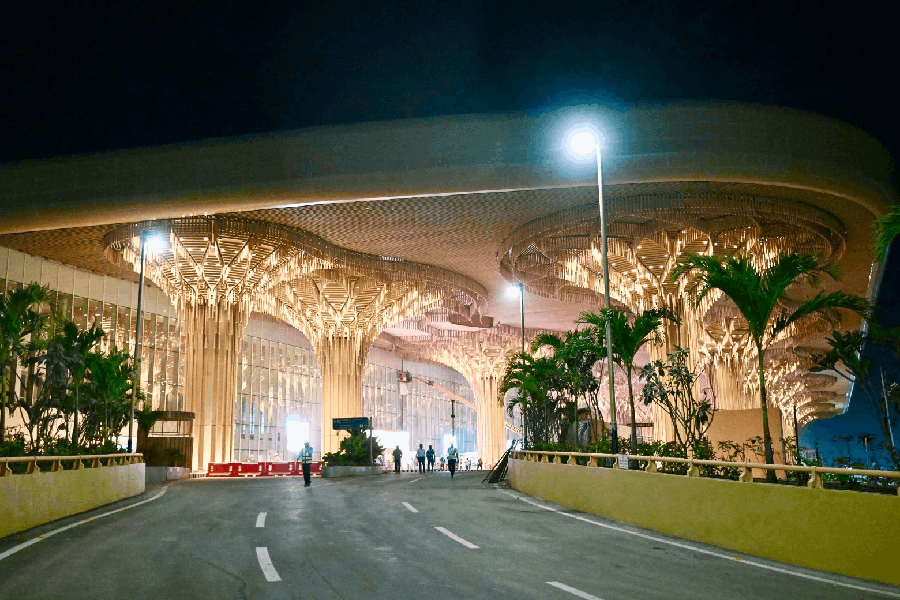
Patna: The Ganga flowed 22 centimetres above the danger level at Digha Ghat and 86 centimetres above at Gandhi Ghat in the state capital, as furrows on the forehead of people and administrative officials deepened.
The river is showing a rising trend and is already spilling more water in the low-lying diara (riverine) areas located along it. An increasing number of people are shifting with their valuables and cattle higher places on embankments. Some of them are also coming to higher grounds in the state capital to reside till the flood danger recedes.
The Punpun was flowing 1.6 metres above the danger level at Sripalpur on the outskirts of Patna adding to the flood threat as it is considered a volatile river and has a history of flooding the state capital and adjoining areas in the past. However, the good news was that it was showing a receding trend.
"There have been less rains over Bihar, but we are worried about continued heavy rains in Uttar Pradesh and increased volume of water coming downstream to Bihar. The situation is already serious in Varanasi and we are hoping that our state will be able to withstand higher volume coming down in the Ganga," a senior official in the water resources department told The Telegraph.
The Ganga remained above the danger level at Sultanganj, Ismailpur Bind Toli and Raghopur in Bhagalpur district and also in Katihar. North Bihar rivers such as Kosi, Bagmati, Burhi Gandak and Ghaghra flowed above the danger level at a few places. However, water resources department officials were expecting the situation to improve over lesser rainfall in their catchment areas.
The water discharge at Birpur barrage over the Kosi river and Valmikinagar barrage on the Gandak was under control and hovered around 1 lakh cusecs on Thursday evening. They are not showing any rising trend at the moment.
"Even the water discharge in the Sone river from Indrapuri barrage has come down from 2.35 lakh cusecs on September 4 to around 50,000 cusecs now. The water falls with the river in the Ganga near Koilwar between Patna and Bhojpur districts. The lesser volume in the Sone is better right now as its water immediately causes the Ganga to swell up near Patna," the water resources official said.
The devastating Ganga floods in 2016 was mainly due to heavy discharge of water in the Sone from Indrapuri barrage following very heavy rains in Madhya Pradesh.
A press communiqué from the disaster management department (DMD) said that no district is currently affected by floods, nor anybody is currently living in flood relief camps.

